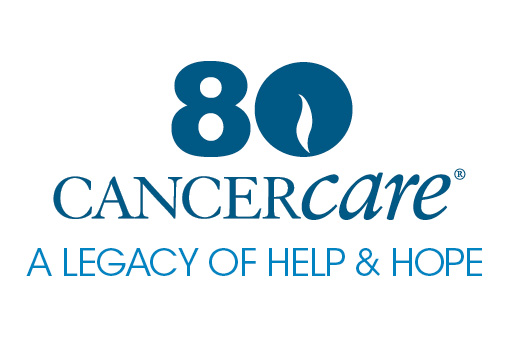Multiple myeloma, a cancer of the blood, affects diverse populations at higher rates than white populations, especially in African American and Hispanic American communities. This fact sheet will cover:
- What multiple myeloma is
- Symptoms and screening for multiple myeloma
- Health care disparities and multiple myeloma
- How to advocate for yourself
What Is Multiple Myeloma?
Multiple myeloma occurs in the plasma cells in the blood. These plasma cells are used to fight bacteria and viruses that can cause infections. But these plasma cells can grow out of control and lead to the development of multiple myeloma.
Multiple myeloma is most common in older populations, with most diagnoses occurring between the ages of 65-74, although other ages can be affected. There is no current cure for multiple myeloma, but people can live with treatment for some time.
Symptoms and Diagnosis
If you experience some of these symptoms, you should contact a doctor:
Bone pain, such as dull aches in your bones, especially the back, ribs or hips
Anemia, or overall weakness in your body, tiredness and shortness of breath
Repeated infections that take a long time to heal, such as infected cuts or frequent colds
Unusual bleeding, including frequent nose bleeds, bleeding gums or heavy menstruation
Other symptoms include unusual amounts of thirst, need to urinate often, constipation, stomach pain, confusion and drowsiness, swollen feet or ankles, swollen hands, itchy skin, weight loss or poor appetite.
Multiple myeloma can be diagnosed through tests of the blood or urine and confirmed through bone marrow biopsies, imaging tests and more. Not all cases of multiple myeloma show symptoms.
Health Care Disparities
Multiple myeloma is more common in African American and Hispanic American populations.
People of African descent make up about 14% of the U.S. population, but nearly 20% of people diagnosed with multiple myeloma. This number is expected to rise to nearly 25% in the next decade.
African Americans are less likely to receive the treatments white populations do. They are less likely to be a part of the clinical trials that can help them and their overall death rates are higher.
Hispanic Americans also have multiple myeloma at higher rates than white populations. They also tend to contract the disease at younger ages and face similar health care disparities.
Health care disparities are social and economic differences that cause certain populations to have different health outcomes compared to others. These disparities can include difference in income, health insurance, nearness to health care facilities, availability of education or health information, difficulties in communication and racism.
How to Advocate for Yourself
Making sure you get the best care possible involves speaking up for yourself. Communicating with your health care team can increase your options and lead to better outcomes.
Let the doctor know if you feel rushed, confused or intimidated. They can only help you if they know what you are thinking.
Let your doctor know if you need them to speak slower or more clearly. Don’t be embarrassed to make sure that you understand them.
Ask for a translator if needed. If the language barrier is difficult to overcome, hospitals and clinics often have help available.
Bring a loved one to help. A friend or family member can organize your thoughts, ask questions for you and record or write down answers.
Value of screening. If you have any of the symptoms listed on the previous page, ask to be screened during a regular doctor visit.
Treatment options. If you do have multiple myeloma, get as much information as you can about your options, including clinical trials.
